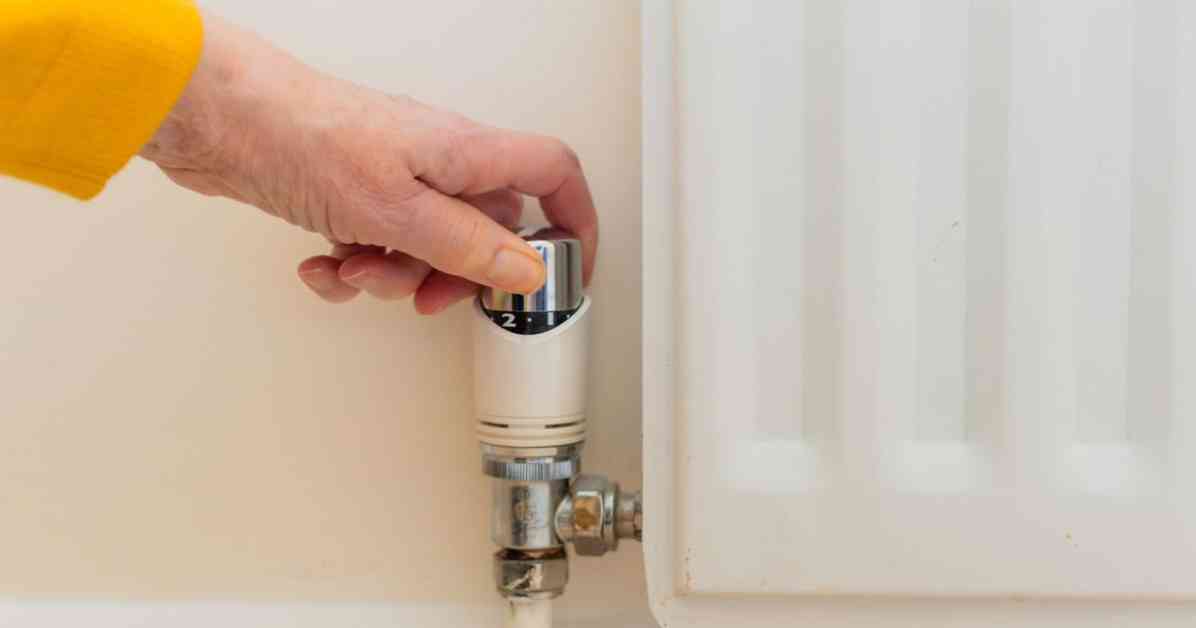Optimal Temperature for Energy Efficiency
As the winter months approach and temperatures drop, many people in the UK will start to rely more on their central heating to stay warm. However, with the cost of energy bills on the rise, it’s important to find a balance between staying comfortable and saving money. One way to achieve this is by setting your thermostat to an optimal temperature that will keep you warm while also being energy-efficient.
Energy experts recommend keeping your home at around 20 degrees Celsius during the colder months. This temperature is high enough to ensure that you and your family are comfortable, while also preventing the growth of mould in your home. Mould thrives in cold and damp environments, making it essential to maintain a consistent temperature to keep it at bay.
Saving Money on Energy Bills
One of the key benefits of maintaining an optimal temperature in your home is the potential cost savings on your energy bills. For every degree that you lower your thermostat, you can save an average of 10% on your energy costs. This means that by setting your thermostat to 18 degrees Celsius instead of 20, you could potentially reduce your heating expenses significantly over the winter season.
Monitoring the temperature and humidity levels in your home is crucial for ensuring that you are not wasting energy. Using a thermometer and hygrometer can help you keep track of the conditions in your living space and make adjustments as needed. By being proactive about managing your heating system, you can avoid unnecessary energy consumption and reduce your overall expenses.
Expert Recommendations
According to Ben Gallizzi, an energy expert at Uswitch, the Energy Saving Trust recommends that people in good health heat their homes to a temperature range of 18 to 21 degrees Celsius. This range is considered optimal for comfort and energy efficiency, striking a balance between staying warm and keeping costs low. By following this guideline, you can ensure that your home remains a comfortable and cost-effective environment throughout the winter months.
In addition to setting your thermostat to an appropriate temperature, there are other steps you can take to improve the efficiency of your heating system. Insulating your home, sealing drafts, and using programmable thermostats are all effective ways to reduce energy consumption and save money on your heating bills. By combining these strategies with the recommended temperature range, you can create a more sustainable and economical heating solution for your household.
Overall, maintaining an optimal temperature in your home is essential for both your comfort and your finances. By following expert recommendations and being mindful of your energy usage, you can stay warm and cozy throughout the winter while also saving money on your heating bills. Making small adjustments to your heating habits and monitoring the temperature in your home can make a significant difference in your overall energy costs.



























